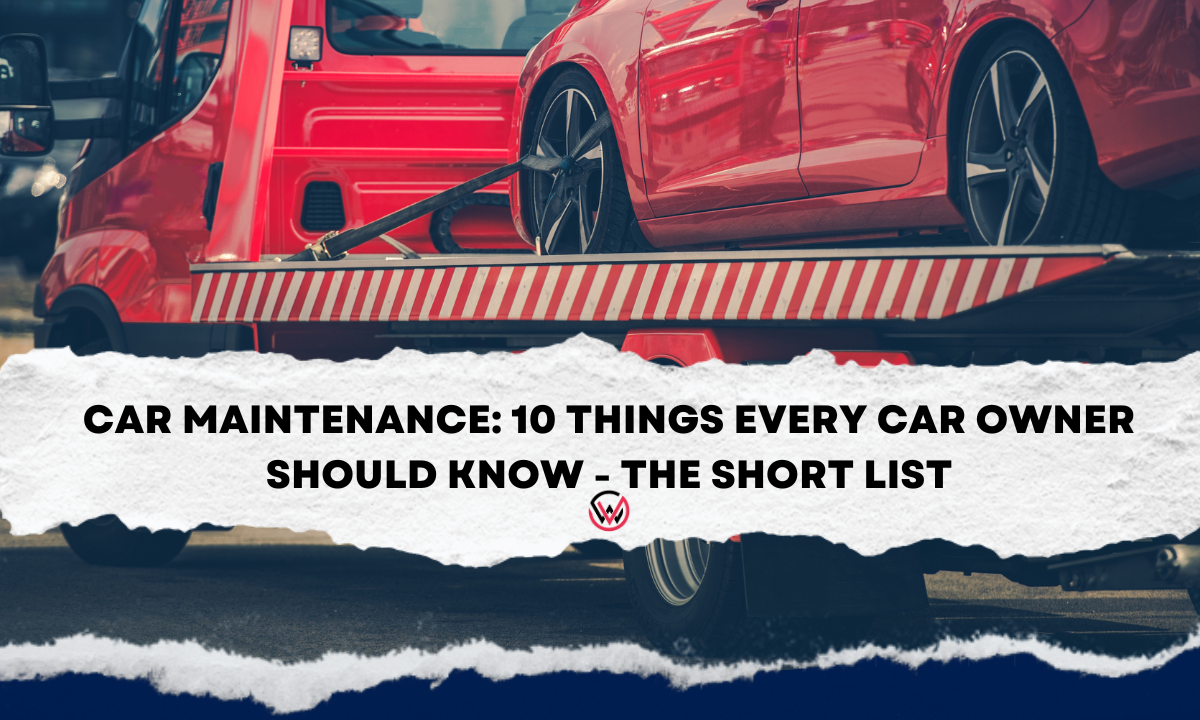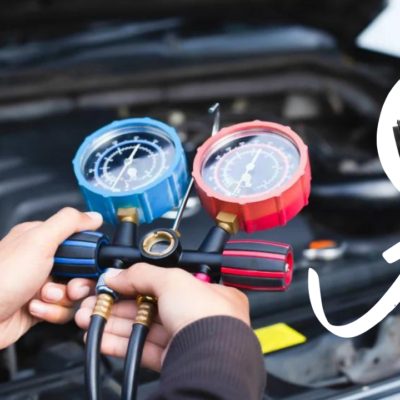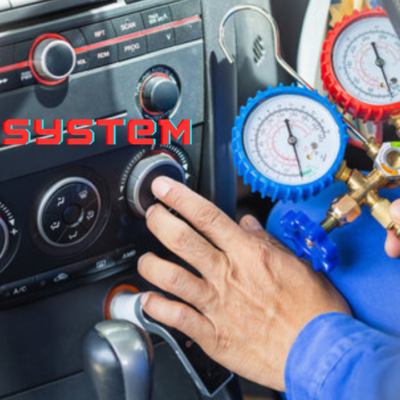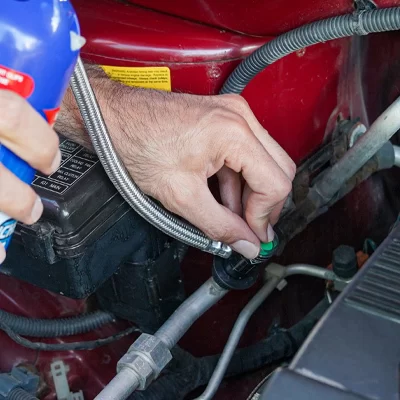
Ever found yourself stuck on the side of the road with no idea how to fix your car?
It happens to the best of us. But don’t worry—knowing a few essential car maintenance skills can save you time, money, and a whole lot of frustration. Here are ten basic things every driver should be able to do to keep their vehicle running smoothly.
Check and Refill Washer Fluid
Unobstructed visibility is critical for safe driving. Keeping your vehicle’s windshield clear of precipitation and road grime is essential, and it’s as simple as refilling the washer fluid reservoir. Just pop the hood, locate the usually blue cap, and fill it up with washer fluid.
Replace Windshield Wipers
Occasionally, you’ll need a fresh set of windshield wipers. These are easy to swap out as they generally clip into place. Just release the blade by pushing a small button or sliding it off a hook on the arm. Install the new blades when the old ones start smearing rather than wiping.
Check Engine Oil
Regularly checking your engine oil is crucial. Ensure your vehicle is on a level surface and the engine is cool. Pull out the dipstick, wipe it clean, reinsert it, and then check the level again. The oil should be between the low and full marks.

Top Off Engine Oil
If your engine oil is low, topping it off is easy. Locate the oil filler cap, add the correct viscosity oil, and check the level again after a minute. Add small amounts until you reach the correct level.
Check Tire Pressure
Your tires are the only part of your vehicle that should touch the road, making proper tire pressure crucial. Remove the valve stem cap, use a tire gauge, and ensure the pressure matches the manufacturer’s recommendation found on a placard near the driver’s side door jamb.
Change a Flat Tire
Knowing how to change a flat tire is essential, especially if you get stranded without cell service. Jack up the vehicle, remove the flat tire, and replace it with the spare. Remember, “lefty loosey, righty tighty” when dealing with lug nuts.
Jump Start a Vehicle
To jump-start a vehicle with a dead battery, you need a set of jumper cables and another vehicle. Connect the positive (red) cable to the positive terminals and the negative (black) cable to the negative terminals. If unsure, connect the negative cable to a metal part of the engine or body.

Replace Air Filters
Your engine needs clean air to function properly. Check and replace the air filter regularly. It’s usually located under a rectangular housing secured by screws or clips. Ensure the new filter is oriented correctly.
Inspect the Serpentine Belt
Inspect the serpentine belt for signs of wear like heavy abrasion or cracking. If it shows damage, replace it soon. This might require some effort to position the belt correctly with the tension released.
Check the Cooling System
Regularly inspect the cooling system, including hoses and the coolant level. Look for any cracks, swelling, or leaks in hoses and ensure the coolant is at the correct level. Discolored or rusty coolant indicates it’s time for a system flush.
By mastering these basic vehicle maintenance tasks, you can ensure your car remains in good working order and handle minor issues yourself. How many of these tasks can you do? Let us know in the comments below!
And remember, always follow the manufacturer’s recommended maintenance schedule for your vehicle. Happy driving!






